Newbie rose garden bed vs. non-bed design question
kristin_flower
16 years ago
Related Stories

MOST POPULAR8 Questions to Ask Yourself Before Meeting With Your Designer
Thinking in advance about how you use your space will get your first design consultation off to its best start
Full Story
GREEN BUILDINGConsidering Concrete Floors? 3 Green-Minded Questions to Ask
Learn what’s in your concrete and about sustainability to make a healthy choice for your home and the earth
Full Story
FEEL-GOOD HOMEThe Question That Can Make You Love Your Home More
Change your relationship with your house for the better by focusing on the answer to something designers often ask
Full Story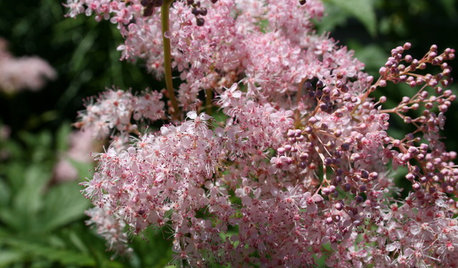
GARDENING GUIDESGreat Design Plant: Discover Queen of the Prairie's Sweet Aroma
If you like the look of cotton candy and the smell of roses and want an easy perennial, you're in luck with this plant
Full Story
WINTER GARDENINGPruning Secrets for Exquisite Roses
Encourage gorgeous blooms year after year with this time-tested advice on how to prune your rosebush in winter for health and shape
Full Story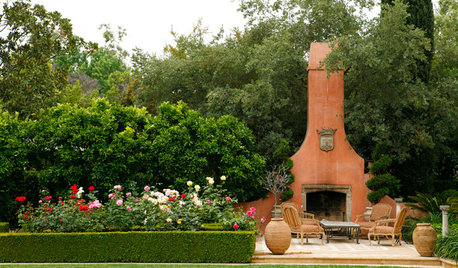
LANDSCAPE DESIGNMake Your Roses Even More Beautiful With These Companion Plants
Nourish your rosebushes and create a visual feast with these 7 classic and unexpected plant pairings
Full Story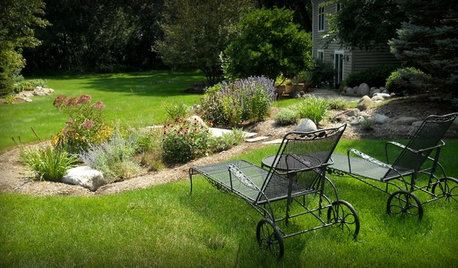
LANDSCAPE DESIGNHow to Design a Rain Garden That Loves Stormy Weather
Rain gardens have a special type of planting bed that drains rainwater. These tips can keep yours looking great
Full Story
FARM YOUR YARDHow to Build a Raised Bed for Your Veggies and Plants
Whether you’re farming your parking strip or beautifying your backyard, a planting box you make yourself can come in mighty handy
Full Story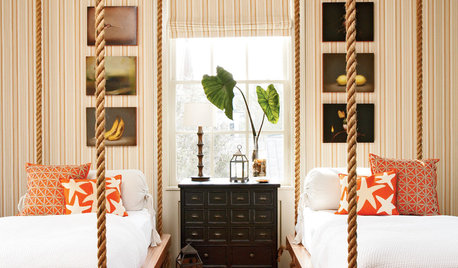
BEDROOMSPerk Up Your Bedding’s Personality
Nix that whole ‘bed in a bag’ thing in favor of artfully arranged separates that speak to the imagination
Full Story
GARDENING GUIDESWhat Kind of Roses Should You Grow?
Want to add the beauty of roses to your garden? Find out which ones, from old-fashioned to modern, are right for you
Full StorySponsored
Industry Leading Interior Designers & Decorators in Franklin County
More Discussions







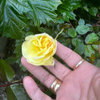

roses_more_roses
buford
Related Professionals
Ballenger Creek Landscape Architects & Landscape Designers · Oconomowoc Landscape Architects & Landscape Designers · Rancho Cordova Landscape Architects & Landscape Designers · Berkley Landscape Contractors · Bridgeport Landscape Contractors · Broadlands Landscape Contractors · Chelmsford Landscape Contractors · Concord Landscape Contractors · Farmington Landscape Contractors · Hilo Landscape Contractors · Lake Zurich Landscape Contractors · Pleasant Prairie Landscape Contractors · River Ridge Landscape Contractors · Lauderdale Lakes Landscape Contractors · Merrifield Landscape Contractorsdublinbay z6 (KS)
michaelg
athenainwi
york_rose
kristin_flowerOriginal Author
veilchen
shellfleur
bettym_grow
canadian_rose
kristin_flowerOriginal Author
jont1